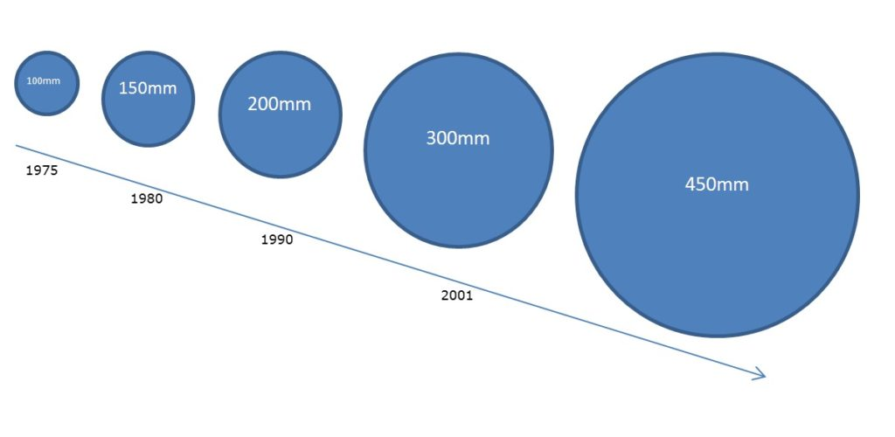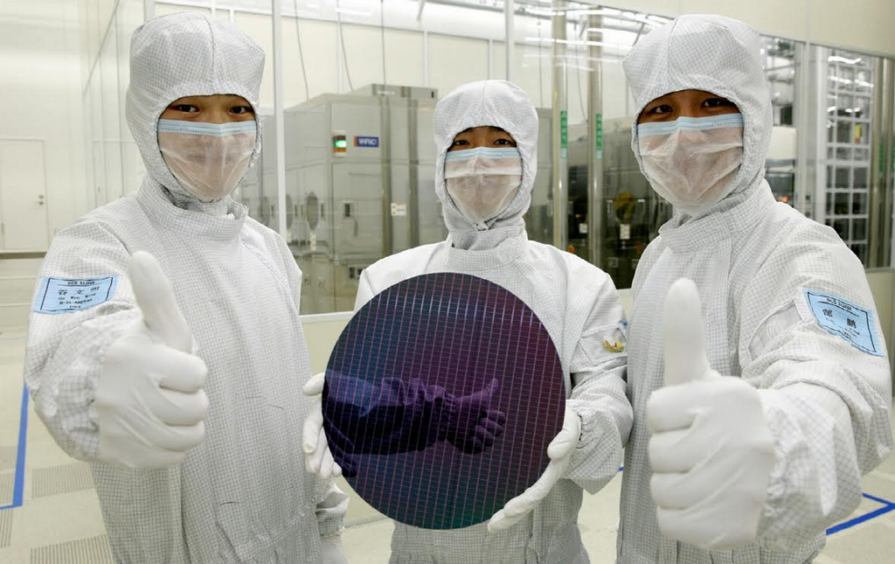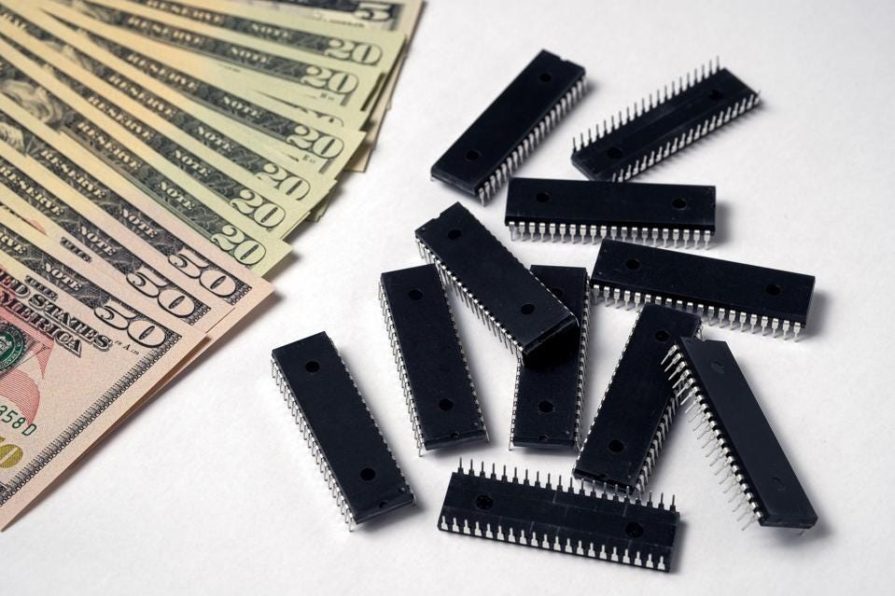A. The Global chip shortage – What it is, why it’s happening and what it means for consumers – (The state of play from Internet sources September 2021)
By Christine Betterton-Jones : Knowledge junkie
What is it ?:
1. The 2020–21.(..and beyond?) global chip shortage is an ongoing crisis in which the demand for integrated circuits (commonly known as semiconductor chips) is greater than the supply.
2 It is affecting more than 169 industries and has led to major shortages, price rises and consumers queuing to buy video cards (an old Nvidia card can fetch more money now than when it was new), video game consoles, cars and now other electrical devices e.g. electric bikes, smartphones, OLED displays and TVs have recently been added to the list.
3. Cars have been hit particularly hard An average modern car includes from 300 up to 3000 chips for a fully electric car. Ford sales are down 33% because of chip shortages and their vehicles are sitting around waiting to be finished.

El Pais recently reported that Renault planned to halt production at its plant in Palencia, where it assembles its Kadjar and Megane models, for as many as 61 days and its factory in Valladolid, where it makes Capture SUV crossovers, for up to 40 days. Stories on the fears of the factory workers about their long-term job prospects are beginning to appear.
Causes:
Covid-19 lockdowns
1. Lock-downs all over the world caused chip production facilities to shut down resulting in drainage of stock and bottlenecks to be created.
And it’s not just the FABs Semiconductor Fabrication plants; which have shut down, but assembly, testing and packaging facilities.
e.g. Malaysia is currently in a strict lockdown. It is home to suppliers and factories serving semiconductor makers such as Europe’s STMicroelectronics (STM.BN) and Infineon (IFXGn.DE), as well as major carmakers including Toyota Motor Corp (7203.T) and Ford Motor Co (F.N).
The country accounts for 13% of global chip assembly testing and packaging, and 7% of the world’s semiconductor trade passes through Malaysia
2. Increased demand during the pandemic for laptops, phones, WiFi equipment, games etc, as people were forced to stay in their homes.
3. Major companies stockpiled chips leading to a shortage for the others, especially smaller manufacturers (Remember the Loo Roll crisis?)
4. Car manufacturers expected a big downturn in car sales due to the pandemic and they cancelled chip orders. However, as COVID-19 restrictions eased in certain places, demand for new vehicles returned. But the automakers have a problem. In the absence of orders from the automotive industry, fabs switched their capacity to fulfilling other orders e.g. for consumer electronics, which have a higher profit margin.
One should note, that despite its size, the auto industry is actually a bit of a minnow when it comes to buying chips, accounting for roughly a tenth of global semiconductor fab output. Consequently, the bottleneck is expected to last for months if not years.
Other contributing causes:
1. US China trade war: In 2020, the United States government placed restrictions on Semiconductor Manufacturing International Corporation (SMIC), China’s biggest chip manufacturer, which made it harder for them to sell to companies with American ties. These restrictions forced companies to use other manufacturing plants like Taiwan Semiconductor Manufacturing Company Limited (TSMC) and Samsung. However, these companies were already producing at maximum capacity.
The Chinese company Huawei soaked up a tremendous amount of manufacturing capacity before it was cut off in early September last year, and manufucturers like Xiaomi tried to take advantage of the company’s weakness with increased component orders of its own.
2. Semiconductor circuits are etched onto very pure “wafers” of silicon crystal then cut out into individual chips.
It is a long, complicated process. See: https://www.screen.co.jp/spe/en/process
The cheap chips based on the smaller 200mm wafers(used in cars) are in demand while many fabs are tooled for the newer, larger 300m manufacturing process


200mm was supposed to fade away as 300mm came online, and that worked from 2007 – 2014, but the trend reversed thereafter. Customers preferred to build on 200mm fab lines because the manufacturing technologies are extremely mature and the costs are low.
3. The 5G technology is 200mm and demand for 5G is soaking up manufacturing capacity.
Climate Change:
a. An extreme winter storm in Texas last February, resulted in power and water outages. This shut down Samsung’s fab in Austin, Texas (This was apparently the US’s only major chip plant). Semiconductor fabs are typically operational 24 hours a day for years on end. Each batch of wafers can take 45 to 60 days to make, so a shutdown of any length can mean a loss of weeks of work. Restoring a fab is also a complicated process, and even in the best of circumstances can take a week.
“About 71,000 wafers were affected by production disruptions, said Han Jinman, executive vice-president of Samsung’s memory chip business. He estimated the wafer loss to be equivalent to $268 million to $357 million. “
b. Drought In 2021, Taiwan experienced its worst drought in more than half a century, leading to problems among chip manufacturers because they use large amounts of ultra-pure water to clean their factories and wafers. For example, TSMC’s facilities used more than 63,000 tons of water a day, more than 10 percent of the supply of two local reservoirs
With climate change, the frequency of such disasters can be expected to increase.
Other disasters: There was a fire in Japan’s Renesas fab in March. This fab creates almost one-third of the chips used in cars around the world and is still not yet at full production.
Bitcoin – uses GPU (Craphics processing unit) chips to “mine” new coin and carry out transactions. With the high value of bitcoin there has been an increased demand for GPUs

Rise in freight costs
There has been a 10 fold increase in shipping costs. Even though electronic items are small, most fabs are in the far east so need shipping to major markets. Lockdowns, imbalances in the global production and demand for goods caused shipping companies to cut capacity (empty vessels make no money!) Now that things are picking up there’s a lot of competition for the shipping which is available and there’s also a lot of port congestion hence higher prices.
Why not build new fabs?
Despite a call for building more fabs in the west they are are expensive to build, staff, and run. There are the fixed costs for electricity, pure water, and gases (Nitrogen) which are required even when the FAB is “idle” and they only make economic sense when running 24/7/365
The US is offering financial incentives to Taiwan’s TSMC and Samsung to build new fabs there.
Intel is thinking of re-entering the fab business, so there may be more chip sources in the west in the future.
B. Windows 11 – Why the change and what is different?
by Tom Stevenson
